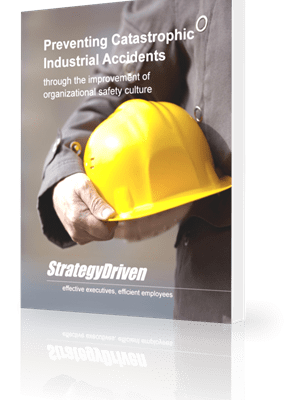A Guide to Creating a Safety Culture in Manufacturing
As a business leader, you are responsible for creating a safe, secure, and efficient environment for your staff. If you fail to do so, your manufacturing employees are more likely to sustain a minor or serious injury on-site, or it could even cause a fatality.
What’s more, an accident at work could cause financial hardship and reputational damage for the business, as it may lead to compensation claims and a loss of productivity. Also, the company could receive legal investigations and huge fines from a regulatory agency.
Don’t ignore the importance of on-site safety at your plant. Read this guide to creating a safety culture in manufacturing.
Introduce Industrial Compliance & Safety
There is no question that your team’s health and safety should be your company’s number one priority. For your manufacturing plant to run a safe and successful operation, it must secure the appropriate certification via Industrial Compliance & Safetyprograms.
Choose from a variety of manufacturing safety programs to suit your plant’s specific needs, such as:
- Machine guarding
- Fire prevention
- Fall prevention and protection
- Chemical handling and storage
The accredited programs will create a stronger safety culture in the workplace while ensuring your business remains legally compliant. A knowledgeable consultant will provide your team with the necessary training for the manufacturing environment to avoid accidents, increase employee awareness, and decrease the likelihood of an accident or illness on site.
Encourage Employees to Hold Each Other Accountable
Accidents happen every day in various working environments, but they are more likely to occur in the manufacturing industry due to the intense, arduous nature of the job and the use of heavy machinery. In addition to providing your employees with the necessary training, you must encourage your team to hold each other accountable each day and report any issues they notice in the workplace.
Celebrate Safety Efforts and Successes Regularly
Every manufacturing company should track the progress of its safety goals, which may encourage staff to be more mindful of potential issues. Also, regularly celebrate safety efforts and successes to promote the importance of maintaining a safe and compliant environment. For example, you could reward your team with lunch or dessert, which will motivate them to follow health and safety procedures.
Create an Effective Incident Response Plan
Business leaders must know how to document injuries, report first aid assistance, and record near misses at work. Also, every employee must know who they should turn to when they identify a potential safety breach, and the supervisor must respond immediately. Also, you must not hesitate to embark on disciplinary procedures if a team member violates a safety protocol.
Use Signage and Videos to Protect Visitors
As your visitors will not have been present for compliance and safety programs, you and your staff must strive to keep them safe at all times on site, from providing PPE to offering safety advice. Also, hang signage to prevent accidents from occurring when exploring the factory floor or standing near heavy machinery. Another option is to play safety videos in the reception area to ensure visitors are aware of the potential on-site risks.

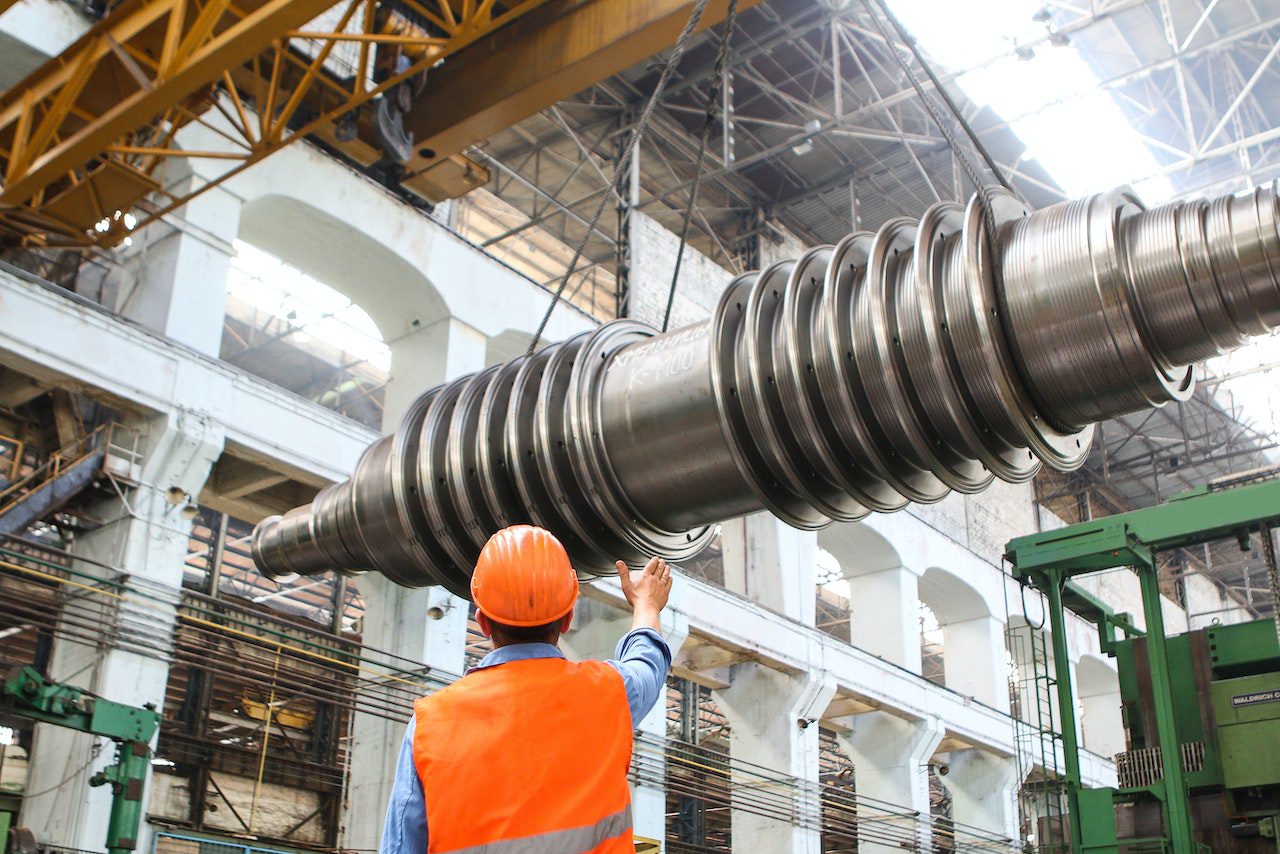
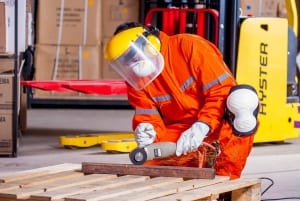
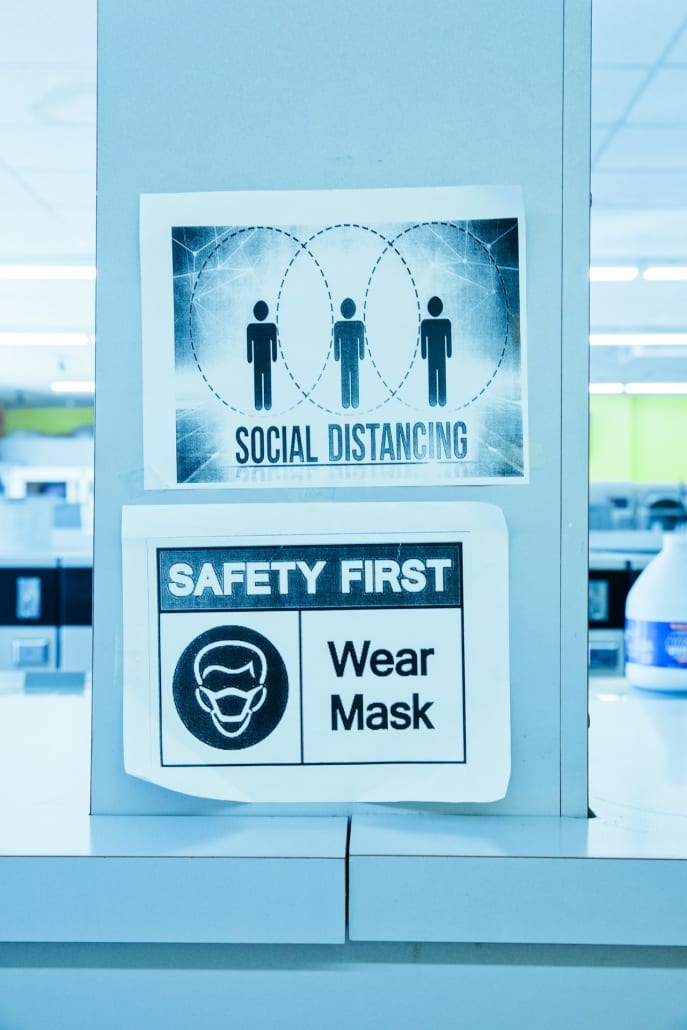 Every day, people head to work believing they will complete their allotted hours and duties and then go home safely. It’s true that everyone deserves to have a safe working environment, and many businesses take steps to make sure employees are safe. However, many workplace accidents still happen.
Every day, people head to work believing they will complete their allotted hours and duties and then go home safely. It’s true that everyone deserves to have a safe working environment, and many businesses take steps to make sure employees are safe. However, many workplace accidents still happen.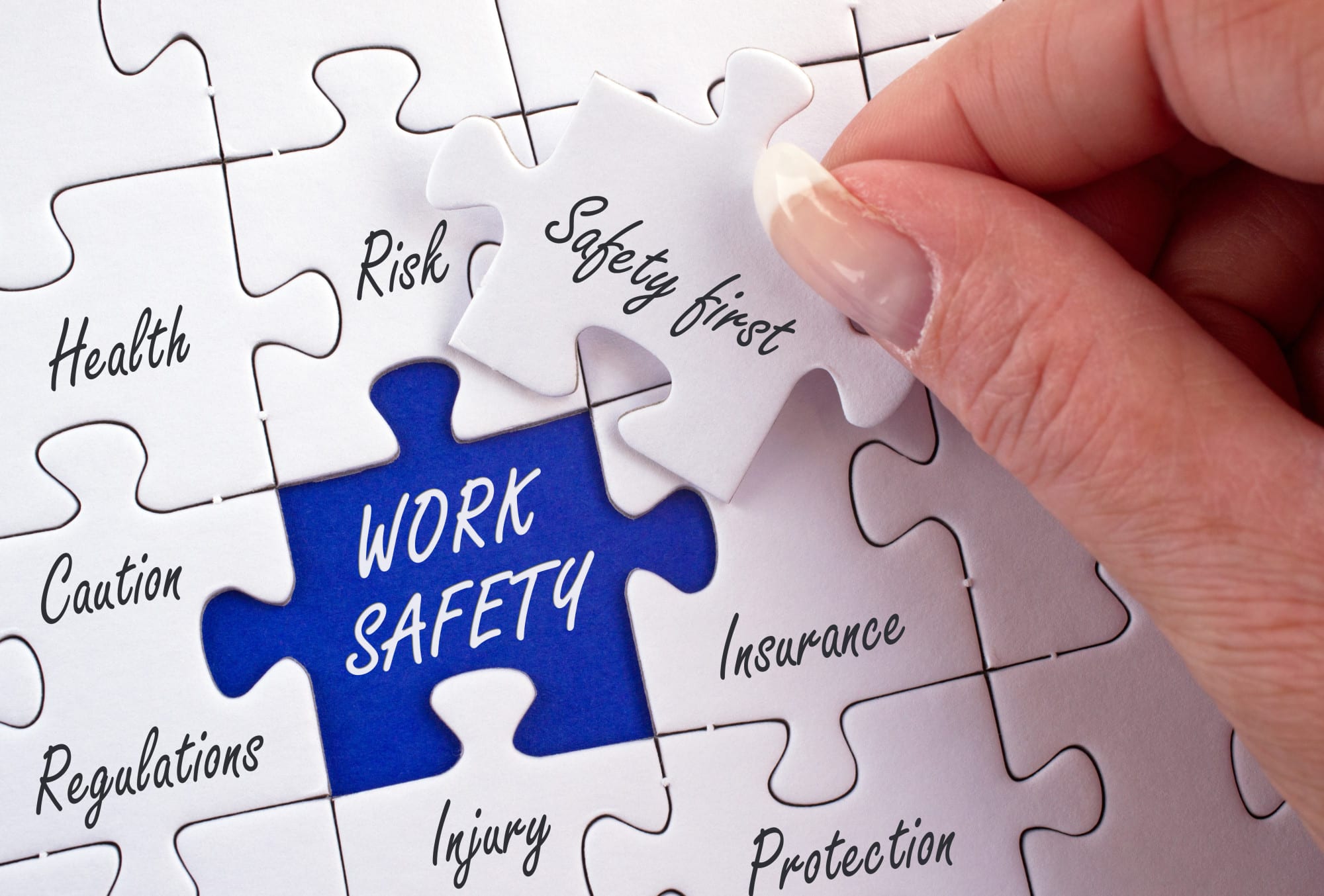 If you’re new to running a business, or even new to a leadership position, you might be in charge of developing or delegating some kind of workplace safety training. Depending on your form of work, though, this might not seem super important.
If you’re new to running a business, or even new to a leadership position, you might be in charge of developing or delegating some kind of workplace safety training. Depending on your form of work, though, this might not seem super important.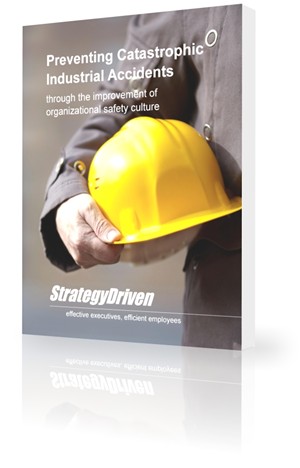

 Greg Gaskey is a StrategyDriven Principal with over twenty years of nuclear plant operations, maintenance, and large-scale program and project management experience. An experienced Operations Manager, he has managed critical Department of Defense programs, projects, and business lines; spanning multiple engineering maintenance disciplines including mechanical, electrical, hydraulic, and instrumentation and controls systems. To read Greg’s complete biography,
Greg Gaskey is a StrategyDriven Principal with over twenty years of nuclear plant operations, maintenance, and large-scale program and project management experience. An experienced Operations Manager, he has managed critical Department of Defense programs, projects, and business lines; spanning multiple engineering maintenance disciplines including mechanical, electrical, hydraulic, and instrumentation and controls systems. To read Greg’s complete biography, 